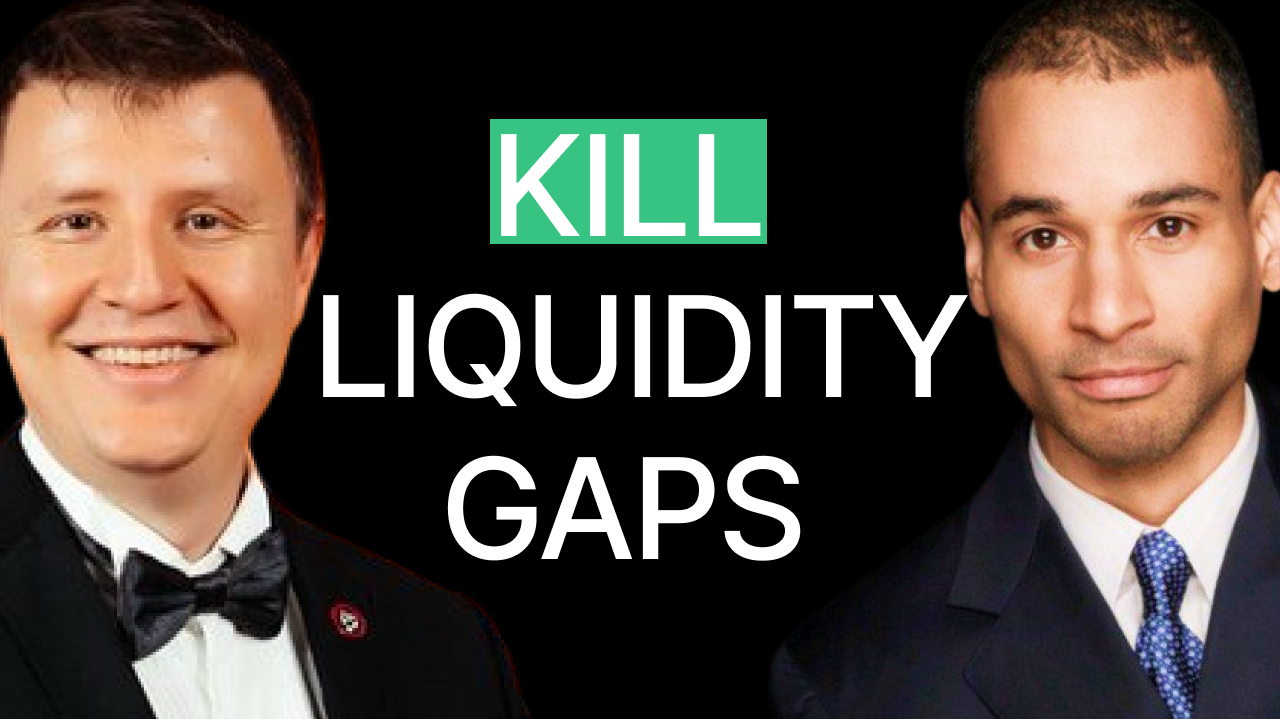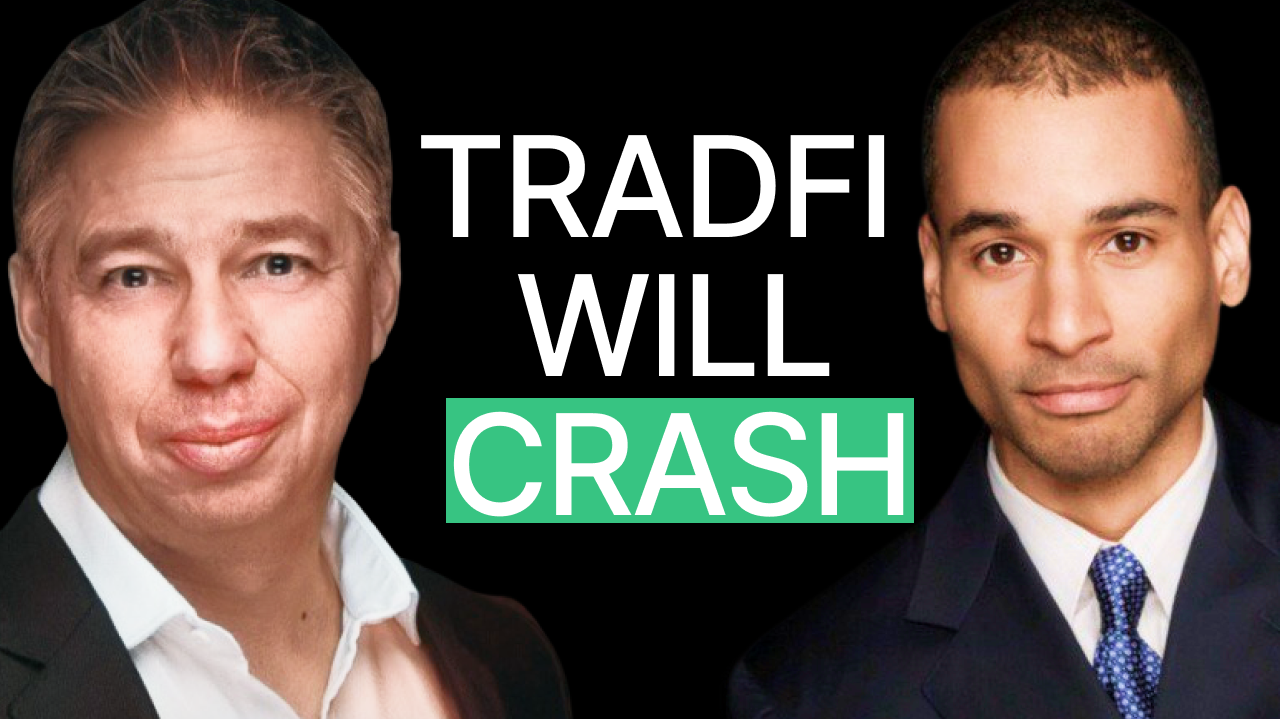Watch the full video interview on Gamma Prime’s YouTube channel – https://youtu.be/Dw8K3SXFsC0.
In this conversation, Korath (Gamma Prime) talks with the CrossCurve founder – Faraj Abutalibov, about what it really takes to create trustless cross-chain swaps. They cover how the protocol works, why current bridging models fall short, and how CrossCurve combines security, capital efficiency, and practical AI tools to solve real problems in DeFi.
Interview with Faraj Abutalibov, founder of Cross Curve
Korath (Gamma Prime) :
Thanks for joining me. Let’s start from the top for people hearing about CrossCurve for the first time, what exactly are you building?
Faraj Abutalibov (Cross Curve):
At the core, CrossCurve is a cross-chain messaging and liquidity protocol, a unified layer that connects multiple blockchains at once. We call it a “metalayer” because it sits above chains, not within them. Our goal is to make bridging not only safer, but also smarter. We decentralize existing bridges like LayerZero, Axelar, and Wormhole, and we optimize liquidity routing across all of them. Think of it as both a clearing house for cross-chain swaps and a coordination layer for messaging.
Korath (Gamma Prime) :
That’s a big ambition. What pushed you to start building something like this?
Faraj Abutalibov (Cross Curve):
I’ve spent over 15 years in oil and gas, managing complex logistics and international trade. Then in 2020, I took the leap into crypto. My co-founder had already been deep in the space since 2016, so we teamed up. We started a small crypto fund and built a private community of execs and founders, mostly friends of friends. It grew organically, and we saw firsthand how broken the cross-chain experience was. Bridges were clunky, risky, and extremely fragmented. It felt like trying to send money between banks without SWIFT.
Korath (Gamma Prime) :
You mentioned decentralizing bridges, how exactly does that work?
Faraj Abutalibov (Cross Curve):
Most bridges today rely on a single infrastructure layer, one protocol handling the verification, messaging, and liquidity. If that layer fails or gets compromised, the whole thing breaks. We use multiple bridges simultaneously, each handling a piece of the message or liquidity. That means to exploit a message, you’d have to compromise at least two or three bridges at the same time. That drastically increases security. We also verify messages off-chain and settle on a hub chain, currently Sonic, which acts as our execution layer.
Korath (Gamma Prime) :
So your solution addresses both trust and liquidity fragmentation.
Faraj Abutalibov (Cross Curve):
Exactly. Right now, if you’re swapping assets from Ethereum to Arbitrum, but all the best liquidity is on Polygon or Avalanche, you’re stuck. We unify all those pools and let you tap into the best route, no matter where the capital lives. You don’t have to move it manually. We do it via synthetic representations and smart routing.
Korath (Gamma Prime) :
Sounds powerful. Is this accessible to end users or only protocols?
Faraj Abutalibov (Cross Curve):
Both. End users can interact directly through the UI or wallets like MetaMask. But we’re also building SDKs and APIs for apps and protocols to integrate cross-chain swaps natively. Imagine you’re using a DEX or lending app, you don’t even realize you’re moving chains in the background. It just works.
Korath (Gamma Prime) :
And you recently raised capital, congrats on that.
Faraj Abutalibov (Cross Curve):
Thanks! We raised $1 million from Tim Draper’s fund after winning first place at Paris Blockchain Week. Out of 800 startups, we made it through multiple rounds, presented in front of investors, and ended up taking the top spot. That validation gave us a huge push forward. We’re now using the funds to hire, audit the protocol, and prepare for mainnet.
Korath (Gamma Prime) :
What made your pitch stand out, you think?
Faraj Abutalibov (Cross Curve):
Clarity. We didn’t oversell. We showed the real problem, billions lost in bridge hacks, the friction of using multiple chains, and how most cross-chain experiences are built on centralized assumptions. Then we presented our solution, a modular, decentralized alternative that doesn’t require trust in any single actor. Plus, we already had partnerships and proof-of-concept traction. That helped.
Korath (Gamma Prime) :
Let’s go back to the design. Is there a token?
Faraj Abutalibov (Cross Curve):
Not at launch. We’re building the core infrastructure first. The token will come later, and it won’t be a speculative farming tool. It’ll represent governance, coordination fees, and incentives for liquidity provisioning. But the tech needs to stand on its own before we launch a token. That’s a key part of our philosophy: product first, then economics.
Korath (Gamma Prime) :
That’s rare these days. What’s your approach to liquidity?
Faraj Abutalibov (Cross Curve):
Capital efficiency is everything. Instead of requiring separate liquidity on every chain, we unify it through synthetic positions. For example, if there’s unused USDC on Avalanche, it can help power a swap from Optimism to Base. The assets stay where they are, but our protocol coordinates them behind the scenes. That gives users better prices and LPs better yield.
Korath (Gamma Prime) :
Are you using AI anywhere in the system?
Faraj Abutalibov (Cross Curve):
We do, but we don’t market ourselves as an AI project. We use machine learning to optimize routing and balance liquidity. It helps us figure out where capital is sitting idle, where demand is spiking, and how to shift assets to reduce slippage. But we’re not selling AI agents or hype, it’s just a tool that helps the system be smarter.
Korath (Gamma Prime) :
Makes sense. What’s your view of the current startup landscape in crypto?
Faraj Abutalibov (Cross Curve):
It’s tough. Failure rates are extremely high, worse than Web2. Most projects raise before product-market fit, launch a token too early, and then spend the next year trying to survive. But the good teams — the ones who are actually solving user problems and thinking long-term they still stand out. I believe the space will mature, but we need less noise and more serious execution.
Korath (Gamma Prime) :
You’ve built a strong community as well, right?
Faraj Abutalibov (Cross Curve):
Yes, it started small, about 300 people, but now we’ve got over 3,000 across Telegram, private groups, and real-world events. What’s interesting is many of them have evolved, from first-time founders to second or third ventures. We also see more people coming in from traditional finance, which brings structure. We host roundtables, demo days, and try to make it about meaningful collaboration, not just hype.
Korath (Gamma Prime) :
And what do you personally look for in projects or founders?
Faraj Abutalibov (Cross Curve):
Resilience. This space is not for the faint of heart. I’ve seen people go from all-time highs to layoffs in weeks. The ones who keep shipping, learning, adapting — they’re the ones who make it. I also look for humility. No one has all the answers. Teams who listen to feedback and iterate quickly are dangerous — in the best way.
Korath (Gamma Prime) :
If someone wants to partner with CrossCurve or integrate, how should they reach out?
Faraj Abutalibov (Cross Curve):
Simple, reach out on X or Telegram, or email through our site. We’re open to collaborations, whether it’s integrating cross-chain swaps, running pilots, or co-hosting educational events. We want to work with builders who share the vision of making crypto actually usable.
Korath (Gamma Prime) :
Final question, what’s the long-term goal?
Faraj Abutalibov (Cross Curve):
We want to be the standard routing layer for cross-chain swaps and messaging. Not just for DeFi, but for wallets, games, identity, infrastructure. The dream is, you click once, and behind the scenes, liquidity moves across 10 chains in seconds. Safe, cheap, invisible. That’s the future we’re building for.
Korath (Gamma Prime) :
That’s a powerful vision. Thanks again, this has been incredibly insightful.
Faraj Abutalibov (Cross Curve):
Thank you, always a pleasure to share what we’re building.



